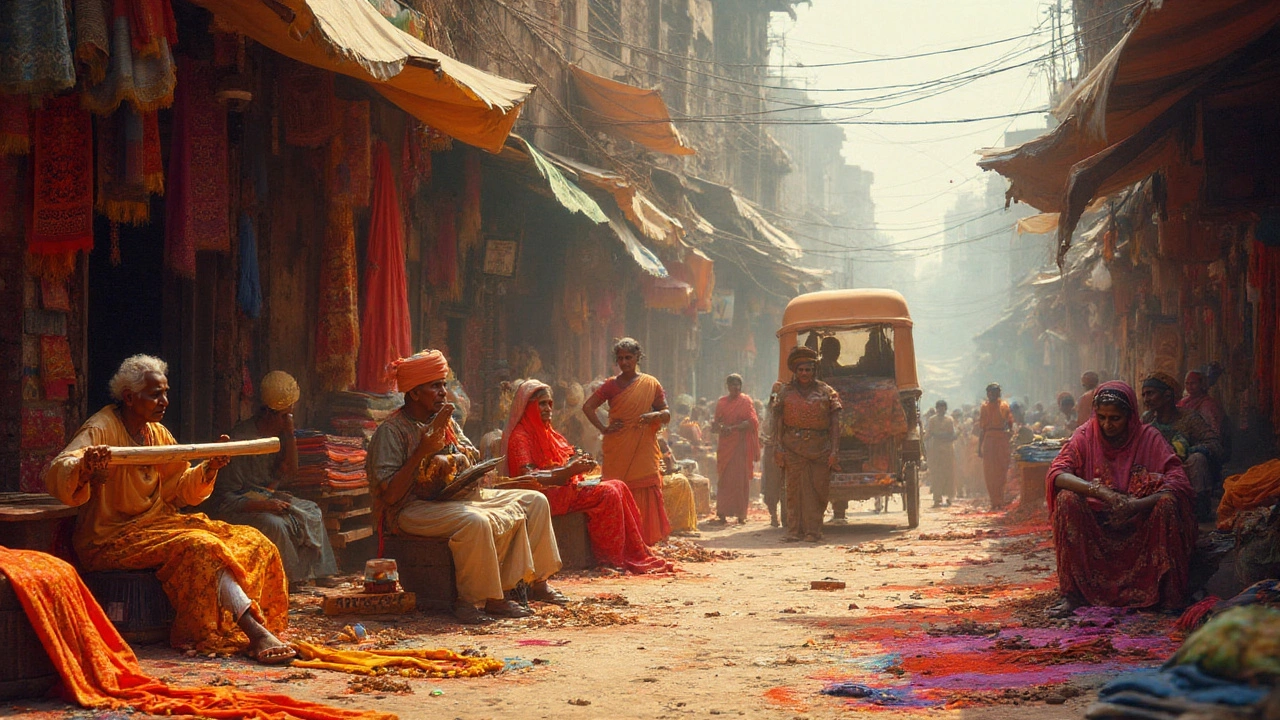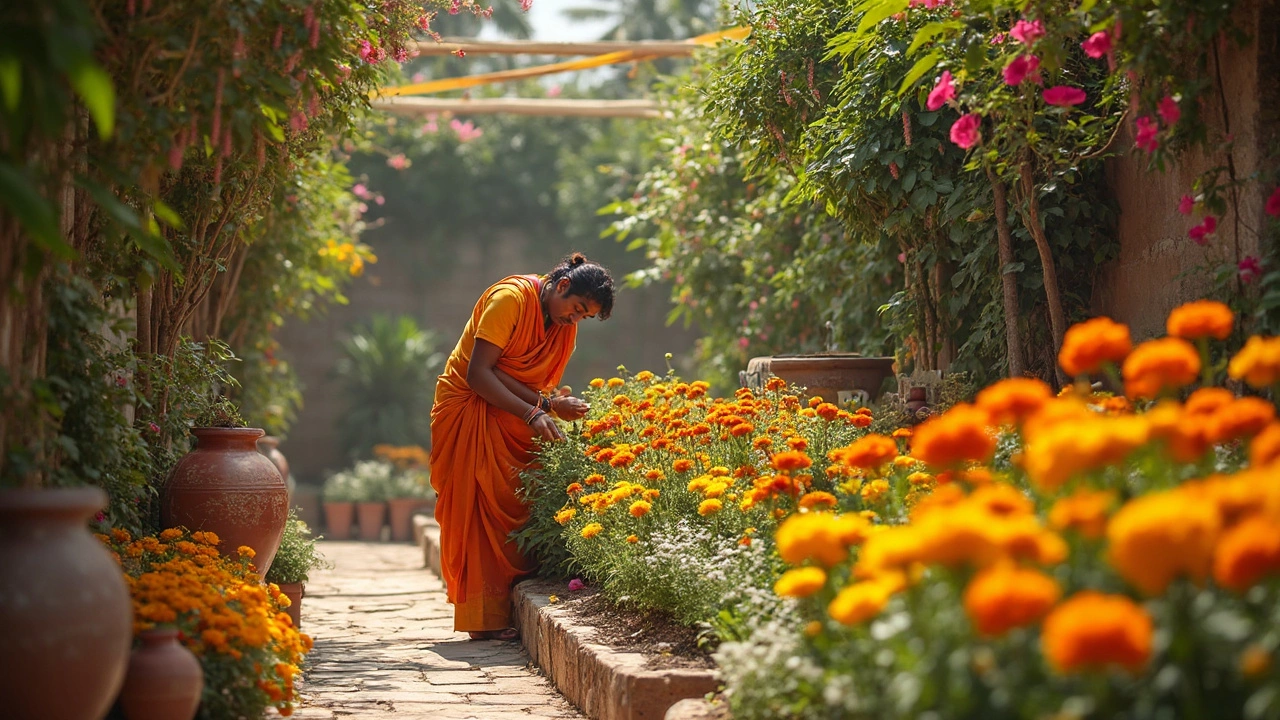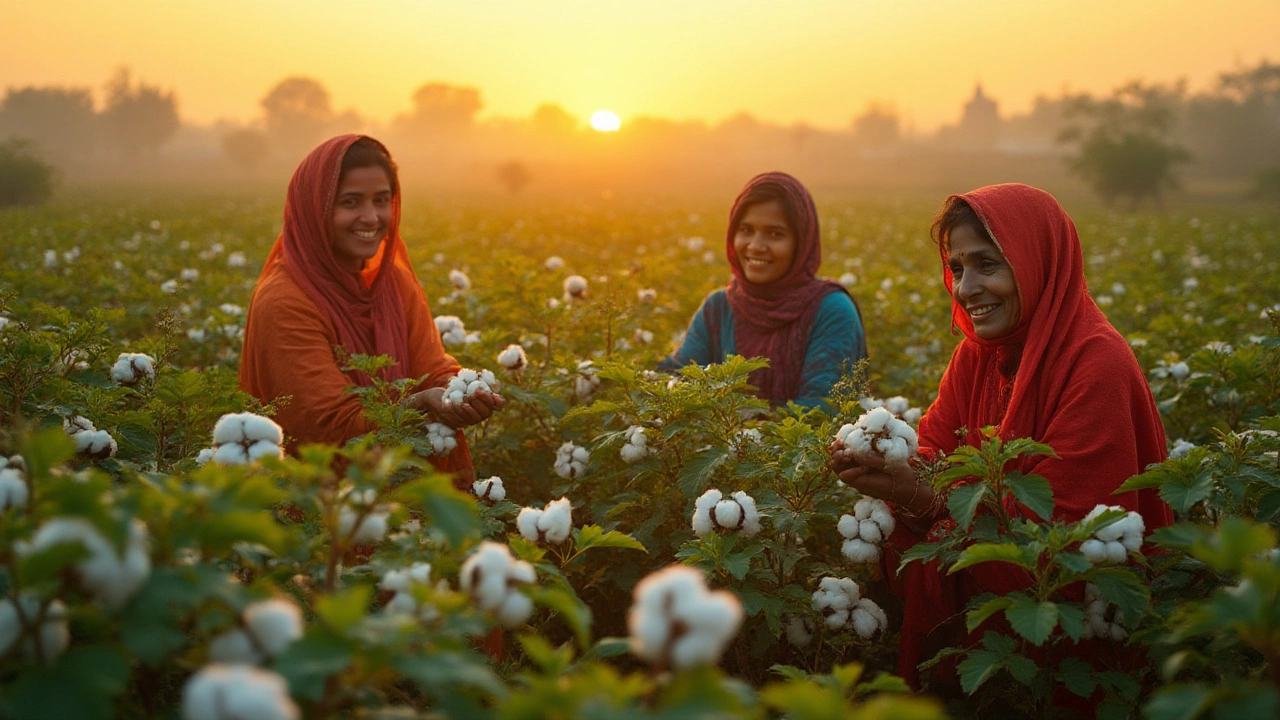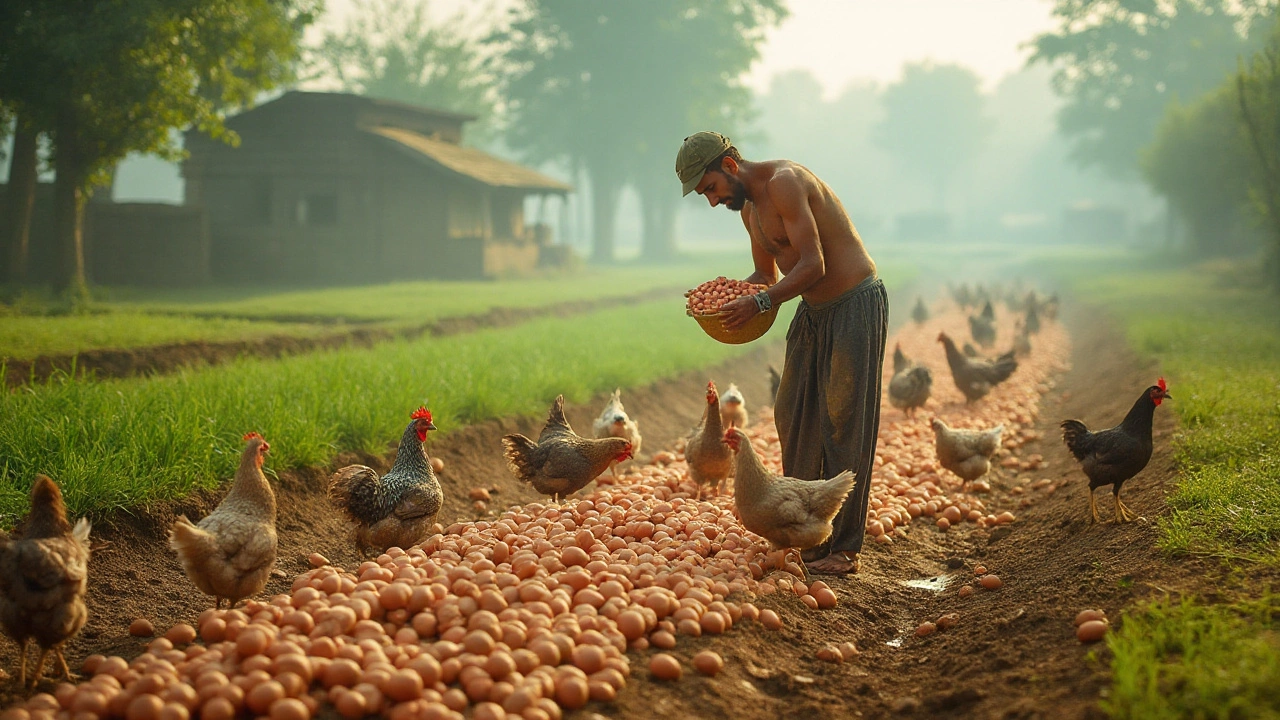Famous States for Fabric: India’s Top Textile Hubs
When talking about famous states for fabric, the Indian regions celebrated for large‑scale textile output and high‑quality garment making. Also known as key textile states, it points to areas where cotton fields, silk farms and synthetic fiber plants intersect with skilled labor and modern factories.
One of the biggest drivers behind these hubs is cotton production, the agricultural base that feeds yarn mills across the country. States like Gujarat, Maharashtra and Punjab harvest millions of tonnes each year, and that raw fiber fuels everything from basic tees to upscale denim. Because cotton is a staple crop, famous states for fabric often include the top cotton‑growing districts, creating a direct link between farm and fashion.
The textile industry, the network of spinning, weaving and finishing operations that turn yarn into cloth, builds on that agricultural foundation. Modern power looms, automated dye houses and export‑ready finishing units have turned traditional clusters into global suppliers. This industry requires both capital investment and a workforce familiar with pattern making, which is why regions with engineering colleges and vocational schools tend to dominate the landscape.
Equally important is the handloom sector, the heritage craft that adds value through intricate designs and cultural motifs. Handloom weavers in West Bengal, Karnataka and Tamil Nadu keep ancient techniques alive while catering to niche markets that crave authenticity. The sector thrives on low‑tech tools but high artistic skill, and many state governments support it with subsidies and training programs.
All this production feeds the export market, the overseas demand for Indian fabrics ranging from raw cloth to finished garments. Strong demand from the US, EU and Middle East pushes states to upgrade infrastructure, adopt sustainability standards and secure trade certifications. Export pressure influences everything from fiber choice to compliance with labor laws, making the export market a key catalyst for growth.
Putting the pieces together, we see clear semantic connections: famous states for fabric encompass major cotton‑growing regions; these regions require skilled weavers and modern looms; the textile industry depends on both power‑loom efficiency and handloom artistry; handloom output enriches the export market; and export demand drives investment in new mills. In short, each entity feeds the next, creating a self‑reinforcing ecosystem that keeps India at the forefront of global textile production.
Below you’ll find a curated set of articles that dive deeper into each of these points. From state‑by‑state output stats to tips on sustainable fabric manufacturing, the posts cover the full spectrum of what makes these regions famous. Keep reading to discover practical insights, data‑driven trends and real‑world examples that illustrate how India’s textile powerhouses keep the world clothed.
Indian States Famous for Fabric: A Deep Dive into Textile Heritage
Discover the Indian states most iconic for fabric, explore their textile heritage, unique materials, and practical tips to experience India's vibrant fabric industry.
- manufacturing
- India
- food processing
- garden tips
- rice cultivation
- government schemes
- balcony garden
- urban gardening
- balcony gardening
- profitable business
- business ideas
- plastic manufacturing
- drip irrigation
- plant care
- steel manufacturing
- sustainable gardening
- startup ideas
- steel industry
- flower gardening
- textile manufacturers






